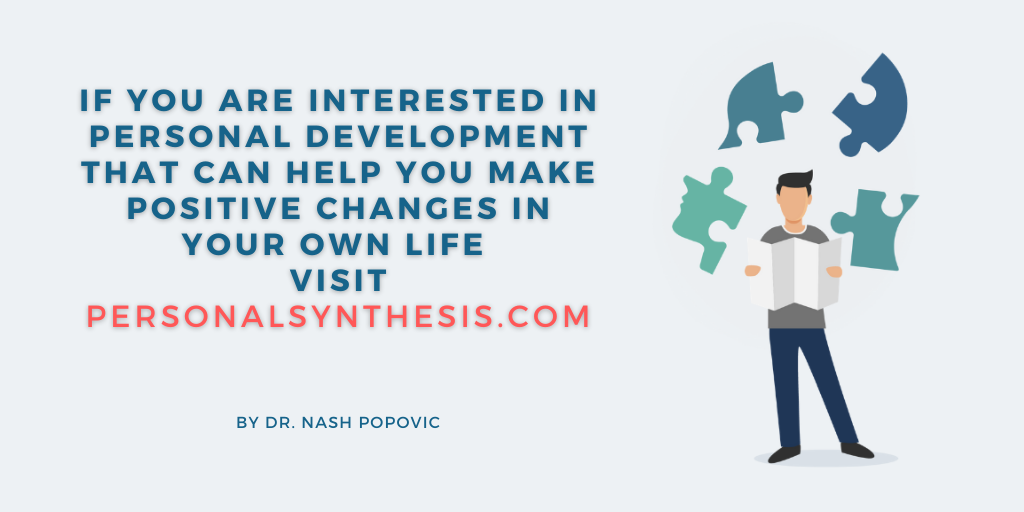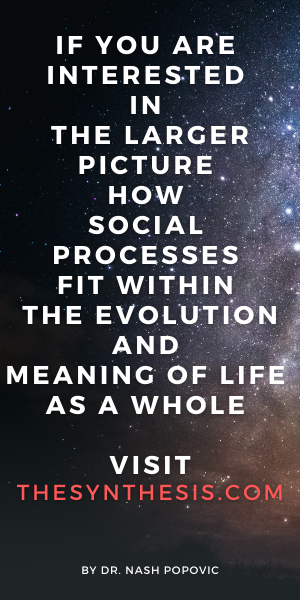In these first decades of the 21st century, it looks as if the whole planet, including ourselves, is on a runaway train. In previous periods, the issue pertinent to all human societies was who was in charge. Now it seems that no one is. To put it simply, economic, political and other social processes are getting out of control. Some, usually on the right of the political spectrum, take the view that this may not be such a bad thing, arguing that we are not sufficiently clever to manage such complex systems; when we have tried in the past, it has often ended up badly, so why not let the processes run their own course? Some casualties are inevitable, but the ‘fittest’ will survive, and human society, as a whole, will move on. This resembles a Darwinian way of seeing the world and is often taken as his legacy.
Darwin himself was, in fact, influenced by an economist – Adam Smith, so in some ways, economics preceded Darwinism, making this ‘naturalistic’ position seem even more appropriate. But there is a deep, fundamental flaw with such a view – the processes we are talking about are not natural processes (or not only natural processes). Both natural selection and Adam Smith’s ‘invisible hand’ are principles derived from more or less spontaneous interactions between species generally and humans in the latter case. However, non-natural entities do not follow these principles. Human creations, such as trains, if left to themselves, usually end up crashing – destroying themselves and everybody inside in the process. To make it clear, our claim is not that machines or some sort of advanced technology control us, nor that, conspiratorially, a small number of very powerful individuals hold all the threads in their hands. Rather, it is that nobody is really in charge anymore and that the system runs mindlessly, like a runaway train.
Let’s take corporations, for example. Corporations (of a sort) already existed millennia ago in ancient Rome and India, but a novelty in the capitalist system is that they became legal entities separate and distinct from their owners. In some countries, they have even acquired the status of a (legal) person. The Roman Emperor Caligula, it was said, planned to make his horse a consul. This may sound to us like utter madness, or at the very least, an abuse of power. But what about a non-living thing, a human creation, having the legal status of a person in the 21st century? And this ‘person’ is unlike any other person. It does not feel, it has no morality or faith, it has no responsibility, it is oblivious to humanity, and crucially it is not really controlled by anybody (even the board or shareholders), and is driven by a single goal only: the maximisation of profit. Let’s say that you have a socially or environmentally conscious CEO who tries to make a difference in this respect. They would simply be replaced by somebody else. Neither they nor anybody else could change the course of the corporation in its pursuit. And even if, somehow, miraculously, a corporation was diverted from this path, another would step straight in to fill the gap that was created. You may occasionally hear about corporations that have changed from using dirty energy to using clean energy, but they do it only if it is profitable – otherwise, you don’t hear of them again. This is how the system works. And corporations are, of course, just one (albeit important) wheel out of many on the runaway train.
Can we still regain control? This is unlikely – at least before the runaway train derails. Any serious attempt to stop it, change its course or slow it down would lead to its derailment anyway. Politicians are well aware of this – which is why they appear not to do much, even when it is obvious that they should. So, Social Synthesis is not about how the train can be stopped (not feasible) or dismantled (not necessary – it will dismantle itself). It is about what we can do to prepare for the time when it happens and what we can replace the defunct system with. This is something that cannot wait. We have to start working now on building alternative structures on the margins of the existing system so we can put them in place when the time is right. Many such projects already exist, and many people are already engaged in good practices. Only occasionally is there a need to come up with something completely new. This work is best described as connecting the dots: bringing together existing and new ideas and practices in a synthesis. Those who are supposed to do this, such as politicians and other policymakers, cannot. Not because they are all corrupt (only some are) or bad (again, only some are), but simply because they no longer have real power to make a substantial difference. But if they can’t do it, who can? We are the only ones left, so we must try. For the last thirty or so years, we have been told that there is no alternative. These materials are an attempt to show that, in fact, there could be and what we, each of us, can do to bring it about.


